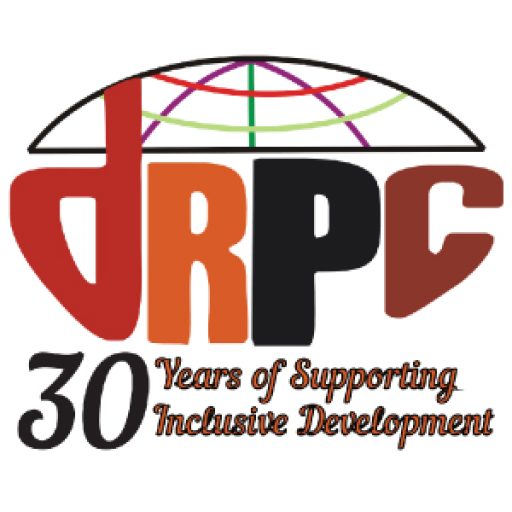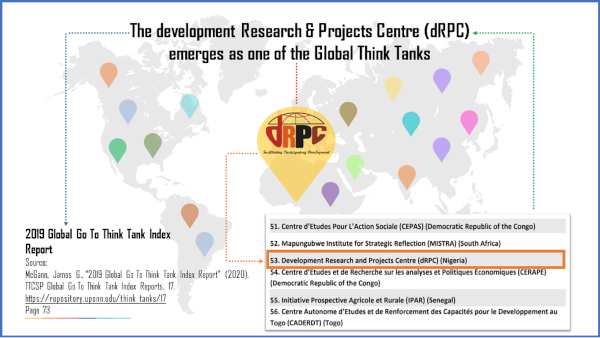Centre for Communication in Reproductive Health (CCRHS), a sub grantee in the Advocacy for child and family health at Scale (PACFaH@Scale project) in Niger state, conducted a half year review of Routnine Immunization implementation and funding in state with significant findings that will be used for advocacy.
Some of the findings revealed significant impact of RI coverage in the last 10 decades. The pentavalent 3 coverage had risen from 20.9% in 2008 to 38.8% in 2018. Similarly, the percentage of children age 12-23 months who received all basic vaccinations increased from 12.3% in 2008 to 23.3% in 2018 while the percentage of children who received none of the basic vaccinations declined from 41.7% to 11.4% during the same period. Despite the giant stride in RI coverage, the state suffers the non-release of budgetary allocation for apparent stock of vaccines at service delivery points, the inability of service providers to get too hard-to-reach communities, and lack of adequate Skilled Health Workers. Therefore, the Government at state and LGA levels need to take action in saving the lives of children and all eligible Nigerians against vaccine-preventable diseases by ensuring adequate and sustainable domestic funding, accountability, and transparency in spending for routine immunization in Niger State.
The assessment was conducted over a period of three days. Day one was a desk review of all state documents related to Routine Immunization as well as the 2019, 2020, and 2021 approved state budget Day two centered around interviewing the key actors in the state that plan resources and mobilize funds for implementing RI activities in the state, the interview was guided by the template provided at the onset of the assignment, the final day was a collation of data and report writing.
Major Activities include:
Received briefing on the assignment and detailed deliverables, Background reading of state’s documents, Interview of the key players in RI activities, and Analysis and summary of the data generated through the interview and production of a summary report
Findings revealed that Funds for the implementation of RI activities in Niger State were captured under programme funds allocated to all the programmes in the State Primary Health Care Development Agency (NSPHCDA). These funds are allocated annually as lumpsum which is shared among all the programmes including RI. Available evidence shows that funds were allocated for RI in the annual budget for 2019, 2020, and 2021 to the SMoH under the budget Sub-head of the SPHCDA but there was no evidence that the RI unit made requisitions to the State Planning Commission (NPC) let alone fund release by State Ministry of Finance.
Table 1: Niger SMoH budget For RI programme
| YEAR | AMOUNT ALLOCATED (₦) | ACTUAL RELEASES (₦) | PERCENTAGE RELEASES (%) |
| 2019 | 35,883,138.26 | 0 | 0 |
| 2020 | 9,011,529.13 | 0 | 0 |
| 2021 | 15,000,000.00 | 0 | 0 |
*₦35,000,000 released from public health emergencies vote for measles campaign in 2019
The Niger State Ministry of Health budgeted about ₦35 million Naira in the 2019 budget. Out of this amount, ₦18 was captured under the capital estimate alongside other programmes in the Agency while the remaining ₦17 was the capital receipt matching funds for UNICEF support to health promotion and Supplemental Immunization Activities (SIAs). Although, there was no evidence of fund release in 2019, the Director Immunization claimed that a total of ₦35 million was released from public health emergency vote to carter for the 2019 measles campaign. More so, about ₦9 and ₦15 million were allocated in the approved budget of 2020 and 2021 respectively but the RI unit through its Agency was not able to access the funds (Table 1). Thus, RI activities captured in the state, plan were not implemented due to lack of cash backing from the state through the State Ministry of Finance. All immunization activities implemented in 2020 and 2021 were donor-funded. The reasons were far-fetched including the non-requisition by the RI Unit through the Agency and inadequate capacity to carry out all the processes involved in the funds release by the relevant MDAs.
Table 3: Total state budget for RI programme
| YEAR | TOTAL STATE BUDGET | AMOUNT ALLOCATED (₦) | ACTUAL RELEASES (₦) | PERCENTAGE RELEASES (%) |
| 2019 | SOML + State Budget | 77,883,138.26 | 42,000,000.00 | 54 |
| 2020 | SOML + State Budget | 12,311,529.13 | 3,300,000.00 | 27 |
| 2021 | SOML + State Budget | 15,000,000.00 | 0 | 0 |
The consolidated budget for RI in the State shows that the percentage releases for the allocated funds are about half of the total budget earmarked for RI activities in 2019 while less than third of the fund allocated to RI was released in 2020. In 2021, there was no budget release as of the second quarter of the year. SOML Programme is at the closeout stage coupled with the shrinking donor support that is not sustainable; the State must begin to think outside the box for RI resource mobilization and address all the barriers related to budget allocation and releases, otherwise achieving the ambitious target of 90% pentavalent three coverage will remain a dream. The trend of non-release of budget was also observed in the state budget for the last five years (2017-2021).
Figure 1: Trend of Niger State RI Budget Release (2017-2020)
Findings also show a marked increase in RI funds releases in 2019 that is attributed to the SOML intervention in the State. The budget release shrinks in 2020 with no observable release in 2021. The pattern shows state dependency to SOML Programme and Partners intervention. Also, the impact of Covid-19 in 2020 had a toll on the overall delivery of PHC services including routine immunization., some of the bottleneck identify include Budget allocation and release; Provision of budget ceiling to MDAs: Limited requisition capacity of Ministries, Departments, and Agencies (MDAs): Low Capacity for Programme Fund Requisitions by MDAs: and Over-dependence on Donors for PHC Services:
Next Step
CCRHS-PAS to validate findings and conduct dissemination meeting with key stakeholders

